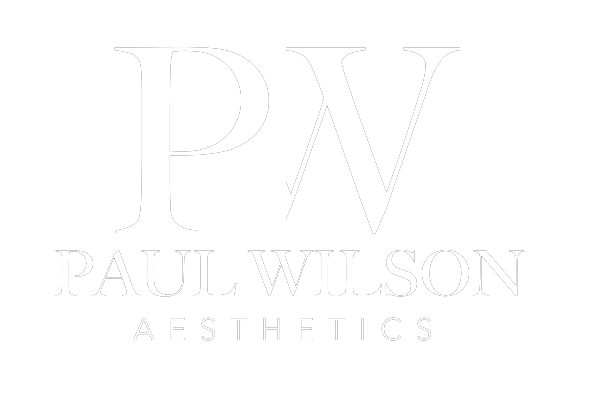At Paul Wilson Aesthetics we provide a comprehensive range of facial aesthetic procedures for facial enhancement and augmentation.
Facial implants
Reconstructive surgery and face implants can transform your facial aesthetics with the simple insertion of a solid silicone facial prosthesis.
State-of-the-art digital planning software with Vectra is used to demonstrate changes achievable with anatomical implants used in face implant surgery.
Our aim is to always produce natural enhancements to facial balance and our team offer a full range of expertly provided surgery and treatment.
Face implants can be very effective in treating conditions where the contour of facial bones adversely affects facial appearance.
Suitable treatments are available for chin and jaw as well as other areas of the face.
Facial implants can either be pre-formed(off the shelf) or can be custom made.
Pre-formed implants are made in a number of shapes and sizes by the manufacturer(Implantech). The surgeon selects the most suitable size and shape at the time of the facial implant surgery.
Custom-made face or cheek implants are individually made for each patient. They are usually generated using information from a CT scan and 3-D modelling technology.
3D models of the face or jaws can also be 3D-printed to assess the size and contour of pre-formed implants.
Book consultation
Implants can be used to augment many areas of the face including:
Chin
Mandibular angles
Mid-facial Implants including cheeks
Nose (Asian augmentation)
Temporal
Example Cases of facial implants
Chin
Angle/Jawline
Malar/sub-malar
Nasal
Temporal
THE RESULTS




